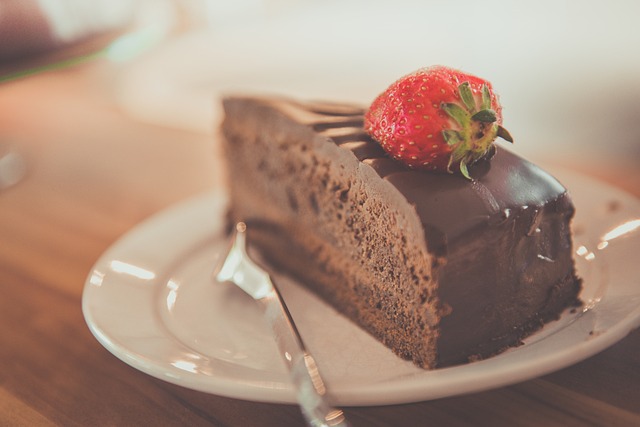
Taking photos is an outlet for both creativity and stress. If you are a photography buff, you will learn to notice details in nature that others miss. A good photograph can speak volumes to its viewers.
Don’t take pictures that feature a gray, overcast sky if you can help it. Your pictures can appear dull and lifeless if they capture too much of a gray sky in the background. If you cannot exclude the overcast sky from your shots, you may want to consider taking black and white photos. On a beautiful day, you can include as much blue sky as you desire.
Make sure you support the camera from below and on the sides, while keeping your arms tucked tightly into the sides of your body. Much clearer photos will result, as the hand shaking will be minimized. You can also keep your camera from slipping out of your hands by holding it from the bottom, rather than the top.
Do not allow your camera batteries to run low because you never know when a photo opportunity will occur. You should always load your digital camera with fully-charged batteries, because it can be a real energy hog, especially when you use the LCD screen. You could always carry a spare set of batteries with you so you can change them out, and you’ll never miss a great photo.
Take the time to make anyone who models for you comfortable, and this is especially true if they are not familiar with you. People sometimes feel threatened when their picture gets taken. You can ease their reluctance by engaging them in a friendly conversation and asking permission to photograph them. It’s up to you to help them understand they’re taking part in your art, and you’re not not trying to invade their privacy.
Think about joining a photography club or go take pictures with another photographer like you. You can learn a lot about technique from other people, as long as you are careful to maintain your unique perspective. When joining forces with another photographer, compare and contrast your photos of the same subjects, so you can get an idea of how images of identical objects can vary in appearance when taken through the perspective of two different people.
When you are taking a picture, experiment with perspective, expression and scale. You can make any object look interesting by placing it in an unusual context. Work on your compositions to get a unique take on a familiar object.
One way to exercise your creative muscles is to put limits on how you take pictures. For instance, you can base a whole set of pictures around a specific subject. Try to shoot 100 different photographs from the same point or within the same room. These limitations can force you to think outside the box and create more unusual photos.
Before traveling to some new area, find out about what interesting or unusual sights you should try to get a shot of. Peruse the racks holding postcards; this will give you an immediate insight as to what the main features of a city are. Postcards generally have landscape pictures of different attractions that you may find to be interesting.
Take your photos as quickly. You will not know if that opportunity will ever present itself to you again, so get the shot! Animals will move, people will not want to smile as long, or the candid moment will go away if you don’t take the shot when you can. Do not worry excessively with getting all of the settings just right on your camera, or you will risk losing the shot.
Whether looking at a natural scene or one you have set up, including repetitious patterns will give a rhythm to the photo and add interest. Photographs with unique patterns create an interesting focal point. In addition, patterns can be used as backdrops and unique perspectives for framing your subject.
Experiment with the focus on your camera to create interesting pictures. If you wish to have the main focus on the subject or object without having the background overtake it, then think about using a smaller f-stop number, otherwise known as a depth of field technique. This is a good photograph style to use for portrait images, as the subject is usually close to the lens. Everything in the shot will be clear if you increase your f-stop number, giving you a depth of field that is greater. This can improve the scope and definition in landscape shots.
Don’t miss a shot because you’re trying to correct your settings. However, you also don’t want to let the camera decide everything for you. Get familiar with your camera options before you start photographing, so you know which settings will suit each subject and situation.
Adjust to new backdrops and surroundings by taking practice shots and learning how the surroundings react to your camera. Test out many shots your environment, and find what works in varying situations. Lighting can change, but feel free to take a few practice photos in between your ‘serious’ shots.
Create a silhouette. There are other ways beside the sun to create a type of silhouette. If the background of your photograph is brighter than the main subject, you may get a silhouette. Using an “off” camera flash behind your subject or using a bright window behind them can create your perfect silhouette. Keep in mind that outlines on a face or body may highlight some unpleasant features.
Photography might not be something for everyone, but nearly everyone can enjoy it. When you become a good photographer, you will be able to chronicle even the briefest moments of your lifetime. Photography is one of the most rewarding hobbies you can have. Sharing the photos you take is also a wonderful way to blow off some steam and take a break from life.